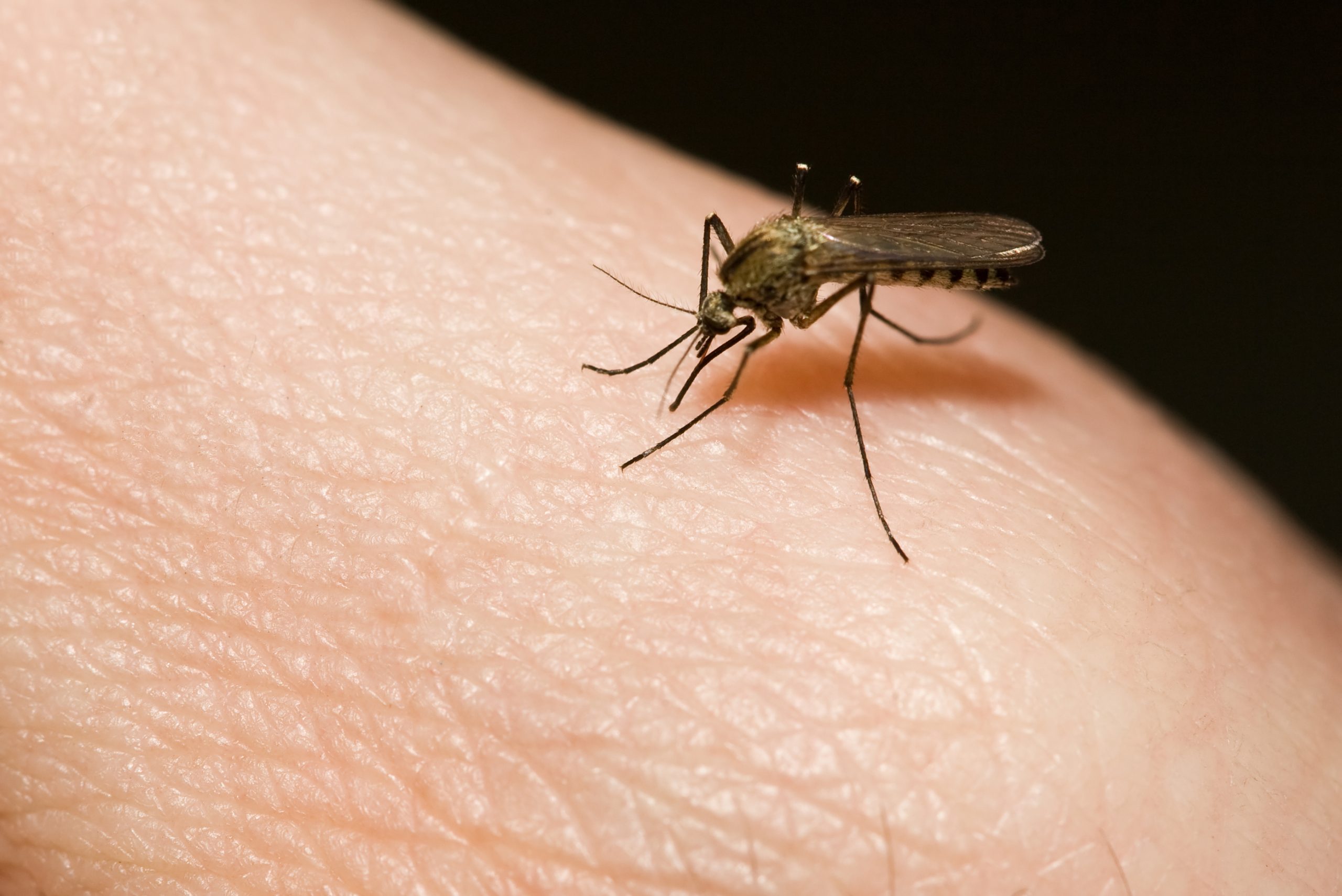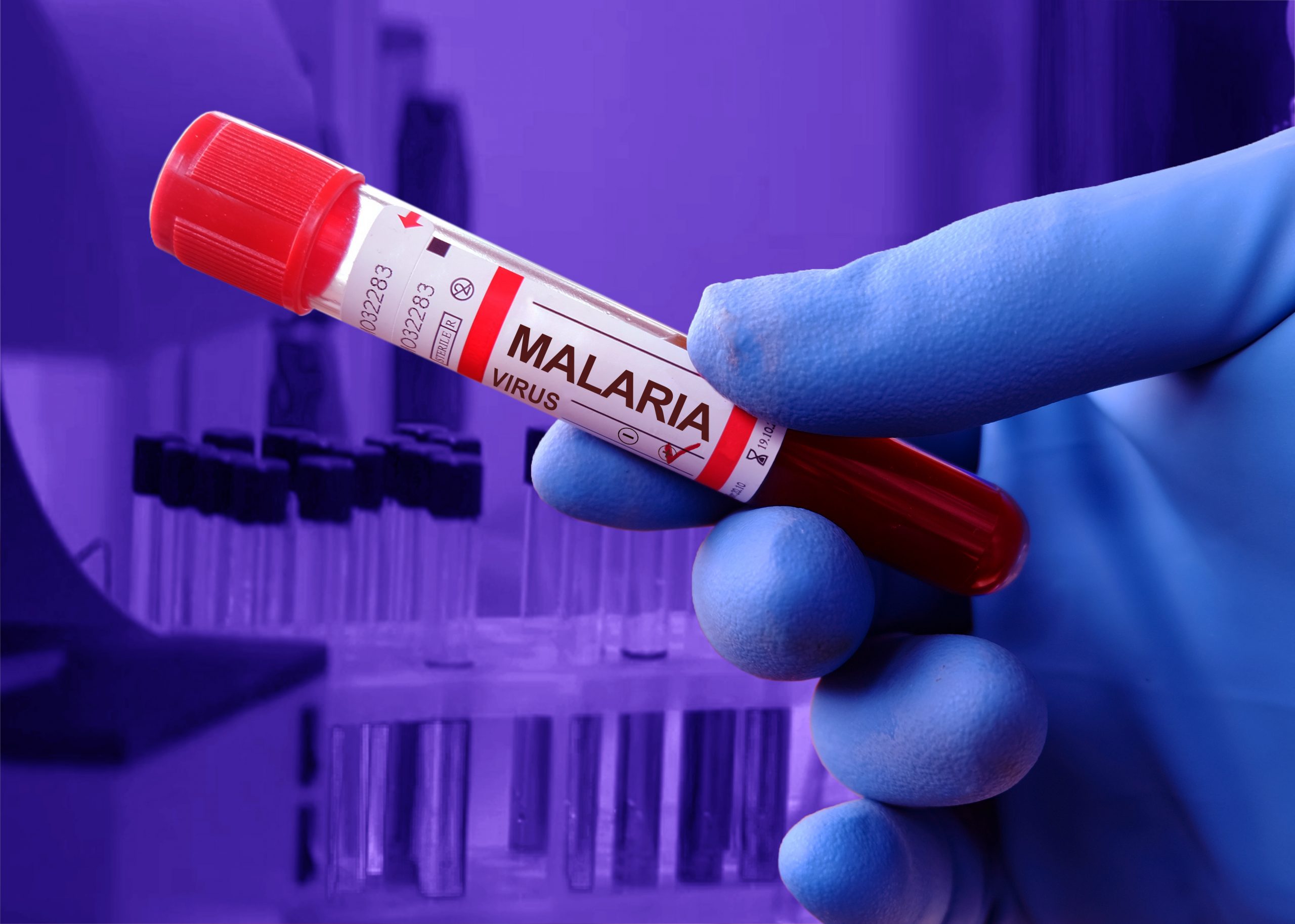Understanding malaria in Africa
Explore this health file to better understand malaria in Africa: its causes, its symptoms but also the means of prevention and treatment.

Posted on
I) Definition of Malaria:
Malaria is an infectious disease that can be fatal, with initial symptoms like the ones of the flu. It is caused by a parasite called Plasmodium, which is mainly transmitted from human to human through the bite of a mosquito, the female Anopheles. The Plasmodium parasite can also be transmitted from mother to child at the end of pregnancy or, exceptionally, during a blood transfusion [1,2,3].
Key figures in 2021, according to the WHO: [1]
- 247 million people were affected by malaria worldwide
- Approximately 619,000 deaths were caused by malaria worldwide
- 95% of malaria cases and 96% of malaria deaths occurred in Africa.
- Children under the age of 5 accounted for 80% of all malaria deaths in the African region.
- More than half of all malaria deaths worldwide were recorded in four African countries: Nigeria (31.3%), the Democratic Republic of Congo (12.6%), the United Republic of Tanzania (4.1%), and Niger (3.9%).
II) Causes
Malaria is caused by a parasite of the genus Plasmodium which is transmitted to humans through the bites of infected female Anopheles mosquitoes. There are several types of Plasmodium parasites: they vary according to the geographical area affected and cause different symptoms [4]:
- Plasmodium falciparum: This is the most common species, and it is responsible for most malaria-related deaths. This species is dominant in Africa (responsible for 99.7% of cases in Africa in 2018) but is also present in tropical regions of Latin America and Asia. [3,5]
- Plasmodium vivax: This species is very common in Central and South America where it is responsible for 75% of cases. It can also be found in Asia and parts of Africa. It is much less aggressive than Plasmodium falciparum. [3,5]
- Plasmodium ovale: This type of parasite causes moderate symptoms and is mainly present in West Africa. It can cause relapses 4 to 5 years after the first infection. [3,5]
- Plasmodium malariae: This species is found all around the world but is not frequently encountered and is not fatal. However, it can cause relapses up to 20 years after the first infection. [3,5]
- Plasmodium knowlesi: This species concerns a parasite found in monkeys, but which can also be transmitted to humans in certain cases. It is found in Southeast Asia. It can have serious consequences. [3,5]

III) The symptoms
The symptoms of malaria remain undetectable for the first few days after the bite [3].
The first signs appear 9 to 30 days after the infection, depending on the species of Plasmodium involved. For the most common species (Plasmodium Falciparum), the incubation period is usually 9 to 14 days.
Malaria disease and associated symptoms can be classified as “simple” or “complicated”.
- The disease is said to be “simple” when it manifests as a flu-like illness. The patient suffers mainly from fever, headache, chills, and muscle pain. Digestive problems (diarrhea, anorexia, nausea, vomiting) and fatigue (asthenia) often occur at the same time.
- The disease is said to be “complicated” or “severe” when the parasite reaches a vital organ. This form can appear in the case of infection by Plasmodium falciparum and Plasmodium vivax (to a lesser extent). The severe form can appear directly or be the consequence of a disease evolution following a delay in management and treatment. The patient may then present prostration, loss of consciousness, respiratory distress, and renal failure. Neurological complications (such as behavioral problems, convulsions, coma) may also occur. These complications can lead to death or leave lasting after-effects, especially in children.
The high number of deaths is mainly due to delayed or inadequate treatment. In order to significantly reduce the mortality of the disease, treatment is necessary from the first symptoms.
People living in endemic areas where malaria is particularly present, are at risk of being infected several times by the disease, by being bitten several times.
Nevertheless, malaria is partially immunizing, and symptoms become less severe with each infection. Therefore, the risk of severe malaria mainly concerns travelers to these regions for the first time, pregnant women, and young children (67% of malaria deaths worldwide in 2019). In addition, people from an endemic area who leave their country for several years may suffer a severe attack again in case of reinfection because they lose their immunity.
Similarly, pregnant women are at risk of developing specific complications such as aggravated anemia, spontaneous abortions, or premature babies. It is estimated that each year, approximately 800,000 children are born with low birth weight in the world due to malaria [3].
IV) Malaria prevention
Prevention is essential in the fight against malaria in Africa because it can be very effective [3,5].
In the first instance, it can be achieved by taking environmental measures:
- Sanitation of wetlands
- Spraying of mosquito repellents in affected areas
- Protection of homes with mosquito nets
Individuals can protect themselves personally by using mosquito repellents, covering clothing, and sleeping in a bed covered with a mosquito net, which is itself sprayed with mosquito repellent.
For people who do not live in a malaria-affected area but are expected to travel there for vacation or business purposes, for example, preventive treatment is strongly advised, especially for children and pregnant women who are at increased risk of developing severe malaria. This preventive treatment is prescribed by a doctor who takes into account the areas visited, the duration of the trip but also the age of the person, his or her medical history, a potential pregnancy, etc.
Nevertheless, anti-malarial drugs cannot guarantee total protection against infection, so it is essential to continue to protect oneself from mosquito bites (repellents, mosquito nets, covering clothing), even when taking preventive treatment.
For populations living in areas where malaria is prevalent, it is not recommended to take preventive treatment. Therefore, prevention should be based on the environmental and individual measures mentioned above.

V) Treatment
It is essential to manage and treat malaria as soon as the first symptoms appear. The latter are rarely serious at the beginning of the infection and can appear late. Nevertheless, in case of even a slight fever, nausea, headaches, vomiting, aches and pains or fatigue following a mosquito bite or a stay in an area where malaria is very common, an appointment with a doctor should be made immediately so that an anti-malarial treatment can be prescribed as soon as possible.
The challenge is to prescribe these treatments as soon as possible to avoid the evolution towards a serious form of the disease. This issue is even more important for children, who are the first victims of the disease. Nevertheless, progress has been made in this area, particularly in Africa: mortality in children under 5 years of age has decreased by about 55% since 2000 [3,5].
Explore our health files by clicking here.
POI 0834-03/23
Sources :
[1] https://www.who.int/fr/news-room/fact-sheets/detail/malaria#:~:text=Le%20paludisme%20est%20une%20maladie,de%20paludisme%20dans%20le%20monde.
[2] https://pasteur-lille.fr/centre-prevention-sante-longevite/vaccins-et-voyages/paludisme/
[3] https://www.inserm.fr/dossier/paludisme/
[4] https://www.vidal.fr/sante/voyage/avant-voyage/prevention-paludisme.html
[5] https://www.pasteur.fr/fr/centre-medical/fiches-maladies/paludisme#epidmiologie
[6] https://sante.gouv.fr/soins-et-maladies/maladies/maladies-infectieuses/article/paludisme
